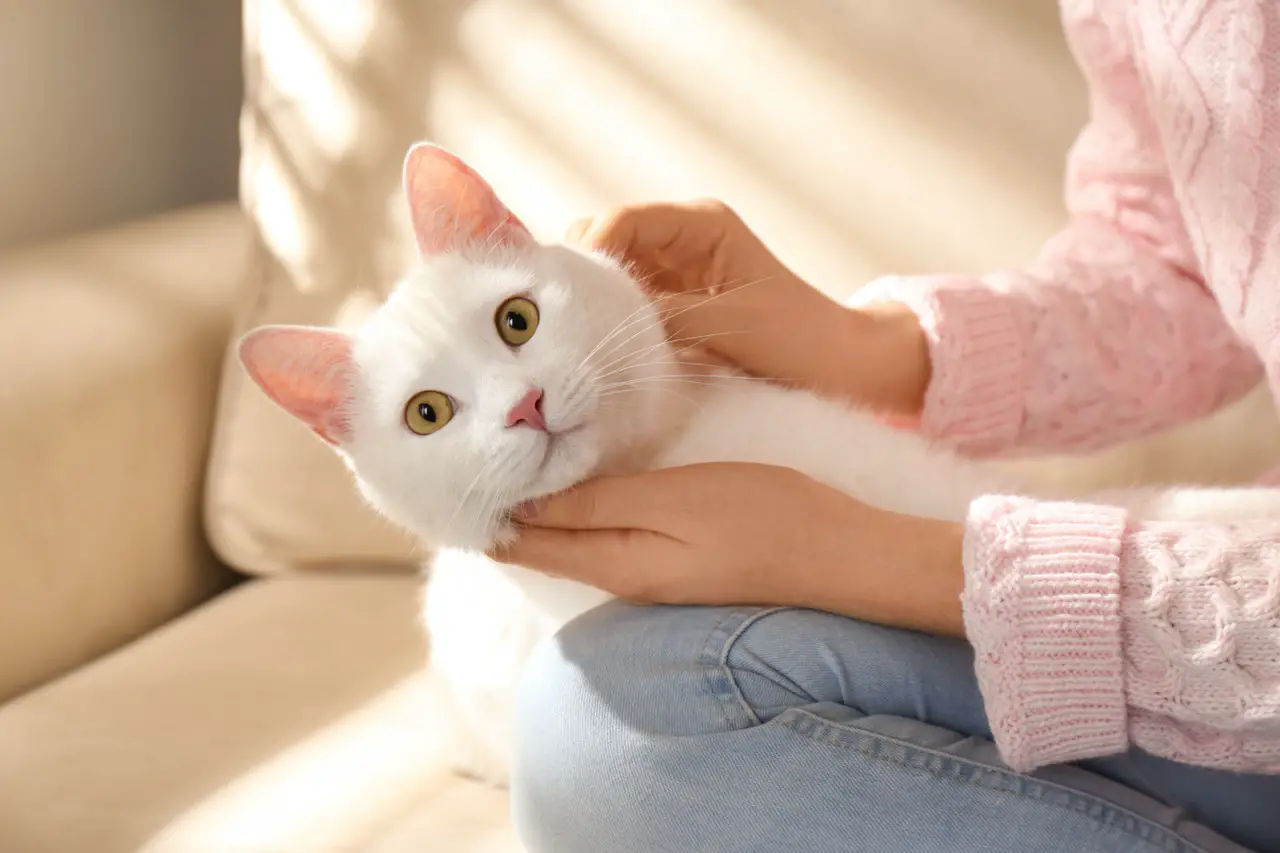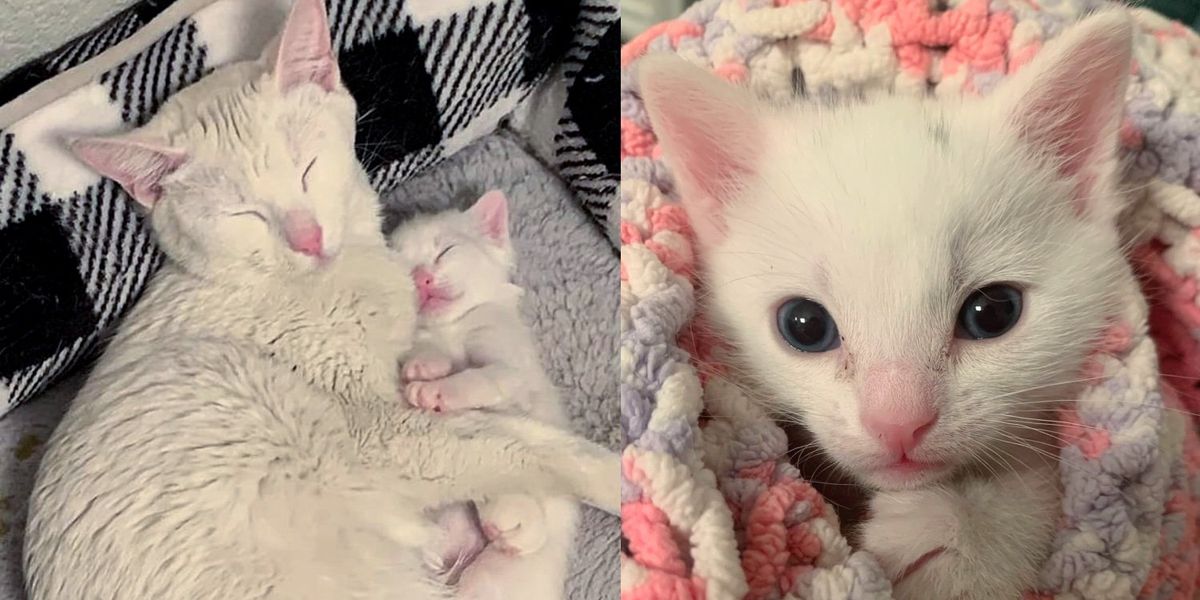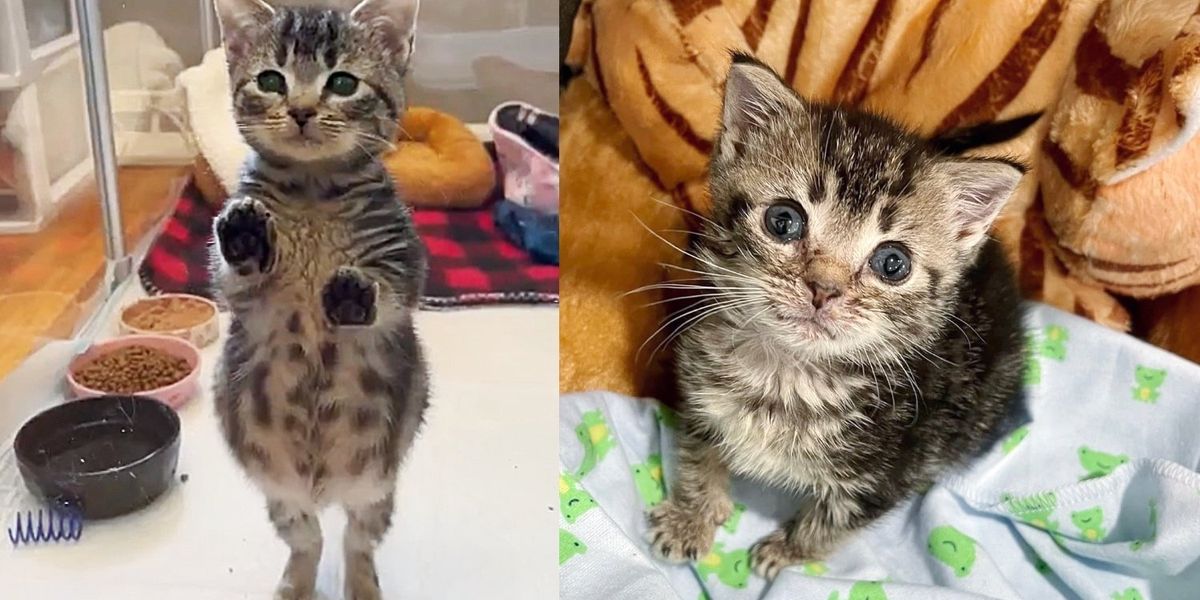Have you ever wondered why some people are drawn to certain cat breeds? Is it just a matter of personal preference, or does it have something to do with their overall personality type? According to recent research we conducted, there may be an interesting correlation between the Myers Briggs personality types and the type of cat breed that a person is most likely to choose. We conducted a survey to uncover the link between the two, and we have some fascinating results!
Want to skip ahead? Here are some quick links
Results
Most Popular Breeds
Most Popular Breeds by Type
Description of Each Myers Briggs Attribute & Favorite Cats
Breed Preference by Each of the 16 Types
Chart Summarizing Types and Breed Preference
What is the Myers Briggs Type Indicator (MBTI)?
The Myers Briggs Type Indicator (MBTI) is a popular system for measuring and classifying different personality traits and it’s been around since the 1940’s. The system is based on four key components: extroversion versus introversion (E or I), sensing versus intuition (S or N), feeling versus thinking (F or T), and judging versus perceiving (J or P). Through our survey, we sought to uncover how these categories might influence a person’s choice of cat breed.
Our Survey Results
We surveyed more than 300 individuals with different personality types according to the Myers Briggs framework. We asked them which type of cat breed they would prefer as a pet, and they could only choose one. Based on their responses, we separated the results into four specific groups: extroverted-introverted (E vs. I), intuiting-sensing (N vs. S), thinking-feeling (T vs. F), and judging-perceiving (J vs. P). Out of our respondents, 41% stated that they knew their official Myers Briggs type while the remaining 59% selected a type based on the detailed descriptions provided.
It appears from our survey that individuals with different Myers Briggs personality types tend to prefer different cat breeds as pets. However, the majority of respondents showed a preference for domestic shorthair cats, irrespective of their personality type. This result may indicate a shift in attitudes towards purebred cats as a factor in cat selection rather than personality.
According to the survey, INTJ and INFJ were the most common types, making up 31% of cat owners. The least common types were ESTP and ESFJ. It is worth noting that four types, namely INFJ, INTJ, INFP, and ISTJ, comprising mostly introverts and “J’s,” account for more than 50% of cat owners.
Most Popular Breeds
In our survey, we included the 10 most common breeds of cats and asked each respondent which one was their favorite. The following is a very brief description of each cat breed and what personality traits they’re best known for. Note that all cats are different and you may have a cat that behaves differently than what is noted here.
Overall the most popular cats, regardless of Myers Briggs Personality Type were:
- Domestic Shorthair
- Maine Coon
- Ragdoll
- Domestic long-haired cats
- American Shorthair
- Siamese

Which personality types are most drawn to each cat breed?
The following is a list of the breeds we survey and which type(s) was most drawn to it:
- Domestic Shorthair is most loved by INTJ
- American Shorthair is most loved by INFJ
- Domestic Longhair is most loved by INFJ
- Maine Coon is most loved by INFP, INFJ, INTJ, ISTJ and ESFJ
- Siamese is most loved by INFP
- Russian Blue ismost love by INFP
- Ragdoll is most loved by INFJ
- Bengal is most loved by ENTP, INFP, ISTJ
- Bombay is most loved by ISTJ
- Persian is most loved by ISFP
Top 10 Breeds And Breed Personality Descriptions
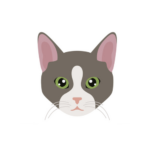 Domestic Shorthair
Domestic Shorthair
These cats are mixed breeds that have short coats. They are known for their adaptability, easy-going nature, and low maintenance. The domestic shorthair is most appreciated by INTJ’s.
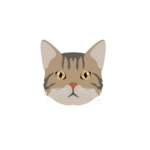 American Shorthair
American Shorthair
This cat breed is popular for their strong physique and skill in hunting. They also have a friendly and playful personality, which makes them suitable as pets for families. These cats are a favorite of INFJ’s.
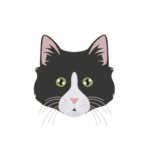 Domestic Longhair
Domestic Longhair
These cats are mixed breed cats that have long furry coats. They are known for their affectionate nature and beautiful, fluffy appearance. INFJ’s also tend to appreciate the domestic longhair cat.
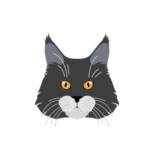
Maine Coon
These cats are known for their large size, long fur, and gentle personalities. They are often called “gentle giants” and make great companion animals. Maine Coons are universally loved by most of the types, but especially by INFP, INFJ, INTJ, ISTJ and ESFJ.
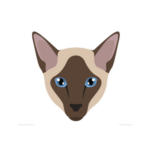 Siamese
Siamese
Known for their distinctive coloring and blue eyes, Siamese cats are talkative, energetic personalities. They are highly intelligent, energetic, and social. The type that loves Siamese cats the most is INFP.
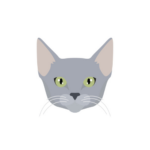 Russian Blue
Russian Blue
Their beautiful blue-gray coat and independent nature are hallmarks of the Russian Blue cat. They are loyal and affectionate with their owners. These cats are also most appreciated by INFPs.
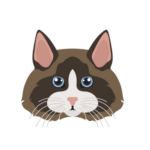 Ragdoll
Ragdoll
Ragdolls are called so because of their gentle and docile nature, as well as their relaxed and floppy posture.They are highly social and affectionate. INFJ is the type that is most drawn toward the ragdoll cat.
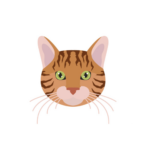 Bengal
Bengal
Their wild, exotic appearance and playful personalities are hallmarks of the Bengal cat breed. They are extremely active and require a lot of exercise and attention. ENTPs, INFPs and ISTJs are the personalities most drawn toward this energetic cat breed.
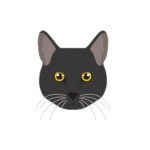 Bombay
Bombay
These cats are known for their sleek, black coat and affectionate nature. They are highly intelligent and make great companions. ISTJs are highly drawn to the Bombay cat.
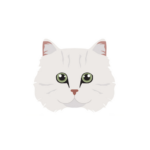
Persian
Their long, fluffy fur and peaceful temperament are common traits that make Persian cats a popular breed. They are highly social and love attention. While one of America’s favorite cat breeds, the beautiful and sweet Persian cat did not top our list. Many respondents seemed to be more interested in cats that were not purebred.
Breaking Down Each Human Personality Type Attribute & Their Favorite Cats
Here we broke down each human personality type to examine how they differ and how those differences manifest in preference for different cat breeds. In some cases, there were stark differences. Read on to see how our survey respondents answered.
Introversion vs. Extroversion
Introversion (I)
What they’re like: Introverted individuals prefer to focus on their internal world of thoughts and feelings. They tend to be reserved, reflective, and energized by solitude and introspection. Introverts made up a whopping 72% of the respondents!
Favorite Cat Breeds: Domestic shorthair, Maine Coon, and ragdoll. Only introverts wrote in choices that weren’t an option including “All cats,” “all rescue cats,” “tabby cats,” and “mixed breed.”
Extroversion (E)
What they’re like: Extroverted people like to focus on the external world of people and activities. They tend to be outgoing, talkative, and energized by social interactions. Extroverts comprised 28% of the cat owners surveyed.
Favorite Cat Breeds: Maine Coon, domestic shorthair, domestic longhair, ragdoll, and American Shorthair/Siamese.
Between the introverts and extroverts, introverts had three times the representation in our survey than extroverts. This may confirm some of the stereotypes of cat people being more introverted.
Intuiting vs. Sensing
Intuiting (N)
What they’re like: Intuiting people prefer to focus on the abstract and theoretical. They are usually imaginative, innovative, and interested in new possibilities and ideas. 68% of those surveyed were “intuiting” types.
Favorite Cat Breeds: The most popular breeds they selected were domestic shorthair, Maine Coon, American shorthair/domestic longhair, ragdoll, and Siamese. More than double the respondents are N (intuiting) and prefer domestic shorthair cats.
Sensing (S)
What they’re like: Sensing individuals focus on the concrete and that which is tangible. They tend to be practical, realistic, and interested in facts and details.
Favorite Cat Breeds: For “sensing” types, the most popular breeds were domestic shorthair, Maine Coon, ragdoll, domestic longhair, and American Shorthair.
Between intuition and sensing, twice as many people said they were intuiting rather than sensing. Given the sensitivity of cats and their subtleties, it would make sense that people who have more intuiting tendencies appreciate the subtleties of cats.
Thinking vs. Feeling
Thinking (T)
What they’re like: Thinking individuals prefer to make decisions based on logic and objective analysis and comprised 44% of respondents. They tend to be critical, rational, and interested in cause-and-effect relationships.
Favorite Cat Breeds: For “thinking” types, the most popular breeds were domestic shorthair, Maine Coon, ragdoll, domestic longhair, and American Shorthair.
Feeling (F)
What they’re like: 56% of respondents noted they are “feeling” individuals who like to make decisions based on values and subjective feelings. They tend to be empathetic, compassionate, and interested in harmony and interpersonal relationships.
Favorite Cat Breeds: For “feeling” types, the most popular breeds were domestic shorthair, Maine Coon, American shorthair, domestic longhair, ragdoll and Siamese.
This category was almost evenly split between thinking and feeling types. It’s not surprising that “feeling” types seem to be drawn toward the sweet nature of Maine Coons and ragdoll cats.
Judging vs. Perceiving
Judging (J)
What they’re like: Judging individuals have a preference to plan and organize their lives and 65% of respondents said they were “judging” types. They tend to be decisive, goal-oriented, and prefer structure and order.
Favorite Cat Breeds: For “judging” types, the most popular breeds were domestic shorthair, Maine Coon, domestic longhair, ragdoll, American Shorthair, and Siamese.
Perceiving (P)
What they’re like: Perceiving types prefer to be flexible and spontaneous and they represented 35% of respondents. They tend to be adaptable, and curious and prefer to keep their options open. Given this, it’s not surprising to learn that those with a “P” in their type had the most variety in their preferences – they love all sorts of cats!
Favorite Cat Breeds: For “perceiving” people, the most popular breeds were domestic shorthair, Maine Coon, American Shorthair, ragdoll, Bengal, Siamese, and domestic longhair. And when you consider the spontaneous nature of “perceiving” types, it’s also not surprising that they appreciate less predictable cats like the Bengal and Siamese more than other types.
Please take note
It’s important to note that these are just generalizations, and individuals can exhibit traits from multiple categories depending on the situation and context. People may also fall somewhere in between each type. The examples best represent someone who is on one end of the spectrum or the other. The MBTI is meant to be a tool for self-awareness and personal growth, rather than a definitive measure of personality.
Does Age Play a Role in Cat Breed Preference?
Since we gathered data on respondents’ age, we thought it might be interesting to see if there were any differences in cat preference by age. The age distribution of respondents was fairly even, with the majority of respondents falling between ages 30-70.
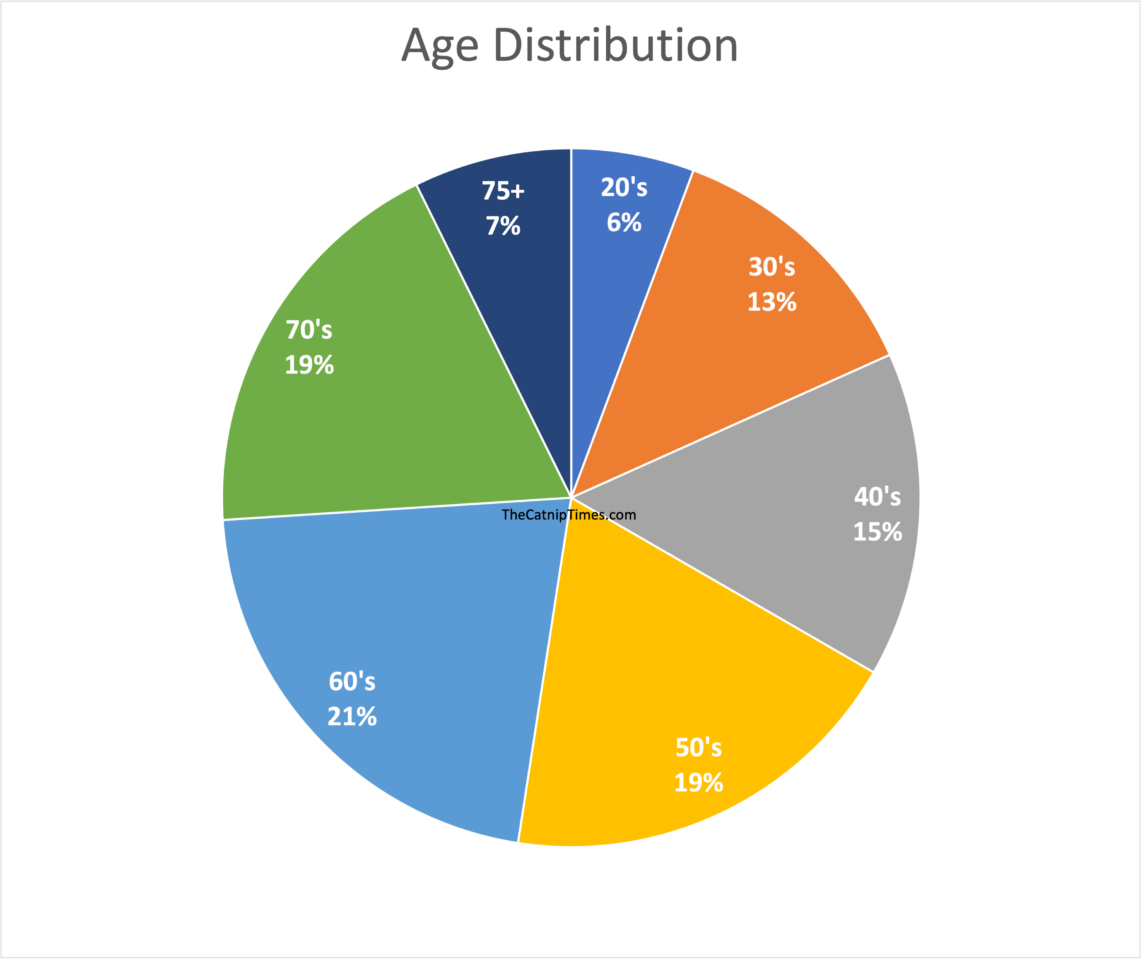
Among different age groups, the domestic shorthair was the top contender all-around. Here is how favorite cat breed is broken down by age:
- 20’s – Domestic Longhair
- 30’s – Maine Coon
- 40’s – Domestic Shorthair
- 50’s – Domestic Shorthair
- 60’s – Domestic Shorthair/American Shorthair
- 70’s – Domestic Shorthair
Does Gender Play A Role In Cat Breed Preference?
The majority of respondents were female at 87% and only 10% of respondents were male. The other 3% didn’t identify as either. Female respondents preferred domestic shorthair, Maine Coons, ragdolls, domestic longhairs, and American Shorthairs, while male respondents preferred domestic shorthairs, Maine Coons, Russian Blues, and American Shorthair cats. The remaining respondents identified as “other” and preferred Maine Coon cats.
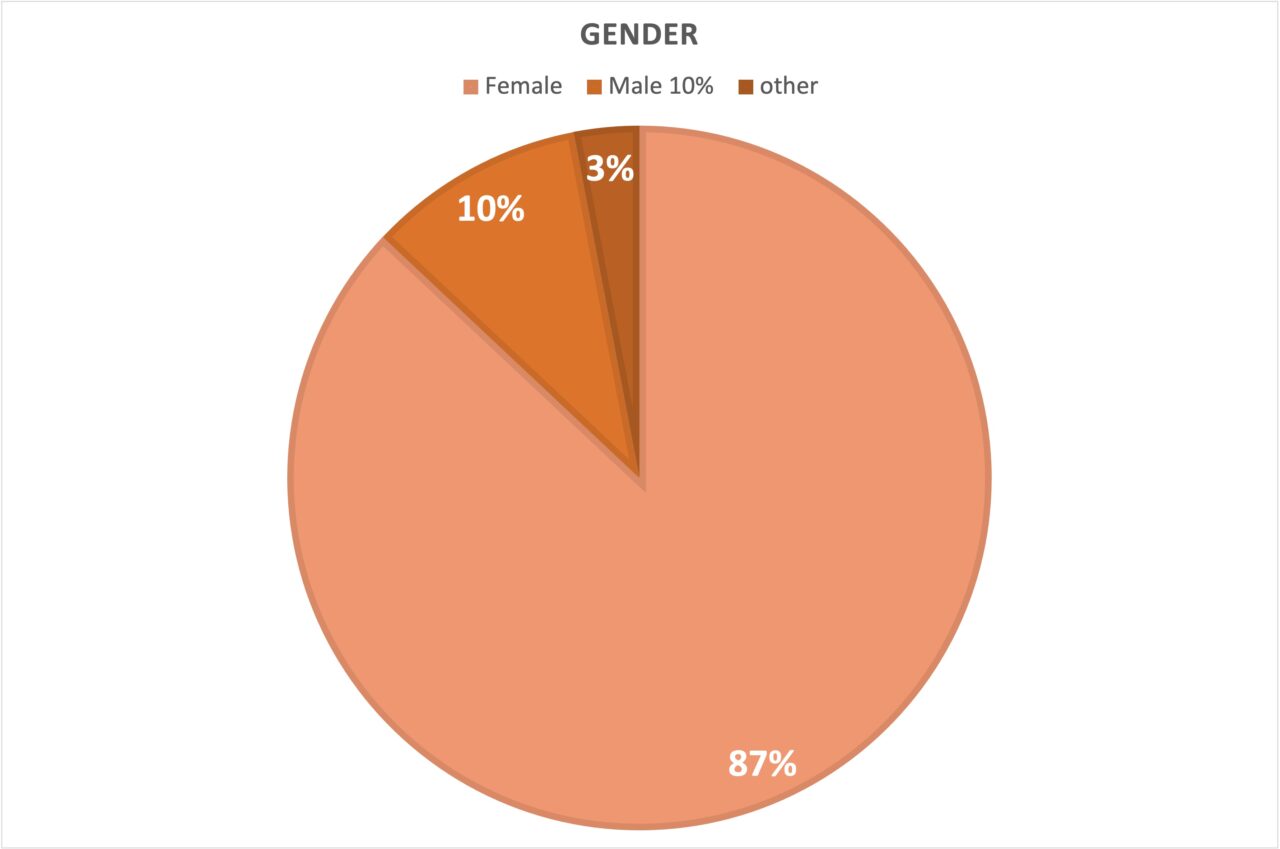
Breed Preference by Each of the 16 Myers Briggs Types
Want to find out which cat breeds match your personality? Check out the personality descriptions and see which cat breeds each type was most drawn toward.
ISTJ – The Inspector
Described as: Practical, responsible, organized, and dependable. They value stability and tradition.
Cat preference: Domestic Shorthair, Maine Coon and a variety of other cats including ragdoll
American Shorthair, Bengal, Bombay, and Siamese.
ISFJ – The Protector
Described as: Warm-hearted, responsible, and dedicated. They have a strong desire to be of service to others.
Cat preference: Domestic Shorthair
INFJ – The Counselor
Described as: Compassionate, creative, and insightful. They are known for their ability to understand people and see the big picture.
Cat preference: American Shorthair first and then a tie among domestic longhair, domestic shorthair and Maine Coon and ragdoll cats.
INTJ – The Mastermind
Described as: Analytical, strategic, and independent. They are known for their ability to see patterns and create innovative solutions.
Cat preference: They have a strong proclivity for domestic shorthair cats and then Maine Coons, ragdolls, and American shorthair cats.
ISTP – The Craftsman
Described as: Logical, adaptable, and action-oriented. They enjoy hands-on experiences and solving practical problems.
Cat preference: No strong preference. The ISTP didn’t show a strong liking for any one particular breed of cat. In essence, they love all cats equally.
ISFP – The Composer
Described as: Sensitive, artistic, and empathetic. They have a strong appreciation for beauty and enjoy creative expression.
Cat preference: This group has a slight preference for domestic shorthair and Maine Coon cats.
INFP – The Healer
Described as: Idealistic, creative, and caring. They are driven by their values and have a strong sense of purpose. This group doesn’t follow rules as they wrote in more answers than any other type.
Cat preference: Domestic Shorthair and Maine Coon cats are first on their list. Then they had interest in just about every type of cat including the American Shorthair, Siamese, Russian Blue, Bengal, ragdoll, and “Tabby” (though tabby is not a cat breed, but rather a coat pattern).
INTP – The Architect
Described as: Logical, analytical, and curious. They enjoy exploring new ideas and concepts.
Cat preference: Domestic Longhair and ragdoll cats.
ESTP – The Dynamo
Described as: Spontaneous, energetic, and action-oriented. They enjoy taking risks and living in the moment.
Cat preference: No clear choice – they like all cats.
ESFP – The Performer
Described as: Fun-loving, outgoing, and spontaneous. They enjoy socializing and bringing joy to others.
Cat preference: No clear choice, but they like Bengals, Maine Coons, mixed breeds, ragdolls, and the Serengeti (Bengal and Oriental Shorthair mix).
ENFP – The Champion
Described as: Enthusiastic, creative, and empathetic. They have a natural talent for connecting with others and inspiring change.
Cat preference: American Shorthair and Russian Blue.
ENTP – The Visionary
Described as: Curious, analytical, and imaginative. They enjoy exploring new ideas and challenging the status quo.
Cat preference: Bengal.
ESTJ – The Supervisor
Described as: Efficient, organized, and responsible. They have a natural talent for managing and leading others.
Cat preference: Burmese and ragdoll.
ESFJ – The Provider
Described as: Kind-hearted, outgoing, and practical. They have a strong desire to create harmony and support others.
Cat preference: Maine Coon and domestic longhair cats.
ENFJ – The Teacher
Described as: Charismatic, empathetic, and inspiring. They have a natural talent for bringing out the best in others and leading with vision.
Cat preference: Slight preference for Siamese, but also likes a variety of other cats
ENTJ – The Commander
Described as: Strategic, ambitious, and confident. They have a natural talent for leading and organizing people to achieve their goals.
Cat preference: Domestic Shorthair and Maine Coon
Chart
The following chart summarizes all of the information.
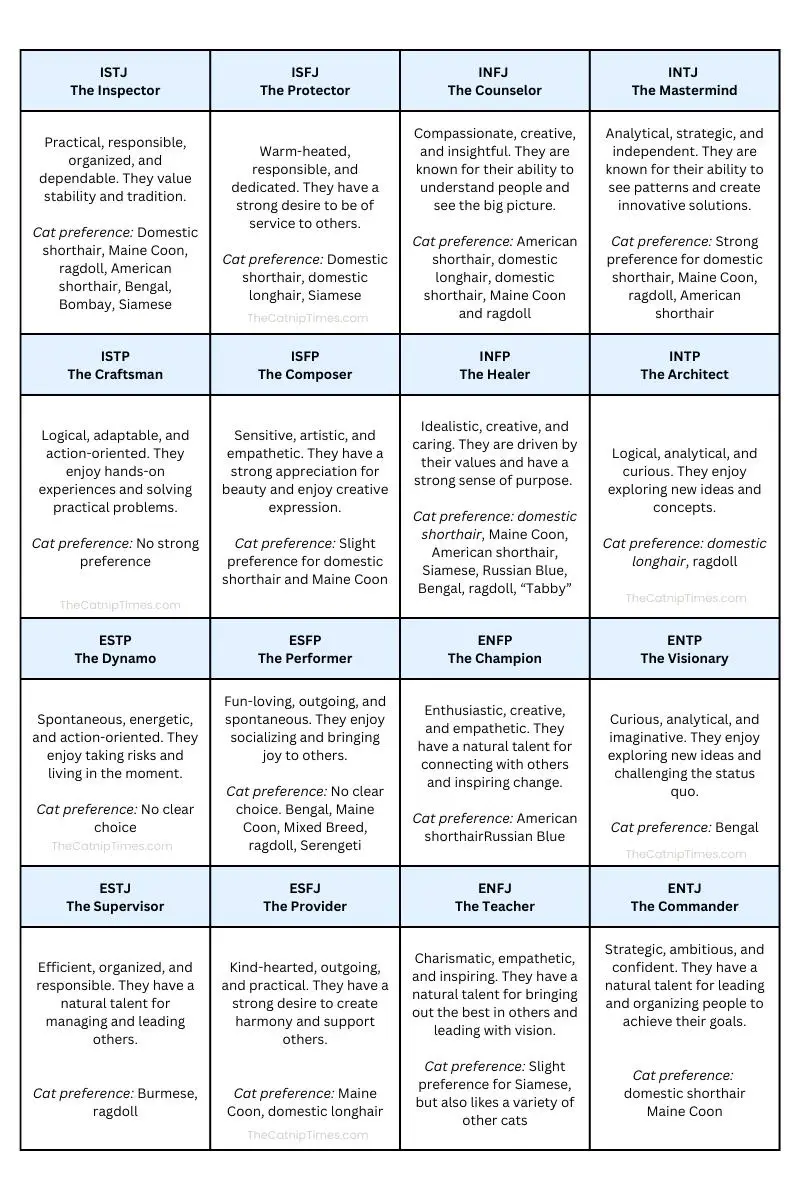
Choosing The Right Cat For Your Personality
So how do you choose the right cat for your personality? Think long and hard about your lifestyle and your ability to commit to pet ownership. No matter the breed, you must be able to provide for your cat both financially and emotionally. Some cats, like Bengals, require a lot of exercise. So if you’re not active, a Bengal may not fit your lifestyle. Likewise, if you love the look of a fluffy cat, be sure you’re prepared to manage their coats. Matted fur can be really painful for your cat so regular grooming appointments and other maintenance are usually required. This can be time-consuming and expensive. Also, it’s important to note that while certain breeds are known for a variety of traits, it’s not a guarantee – far from it. So before adopting a cat, be sure that the cat is drawn to you as much as you are drawn toward it. Choosing a cat is a lifelong commitment – so choose wisely and enjoy your furry companion!
Want to learn more about specific cat breeds and their personalities? Check out 5 of the Most Laidback Cat Breeds or get more information about Maine Coon cats or Ragdoll cats.
